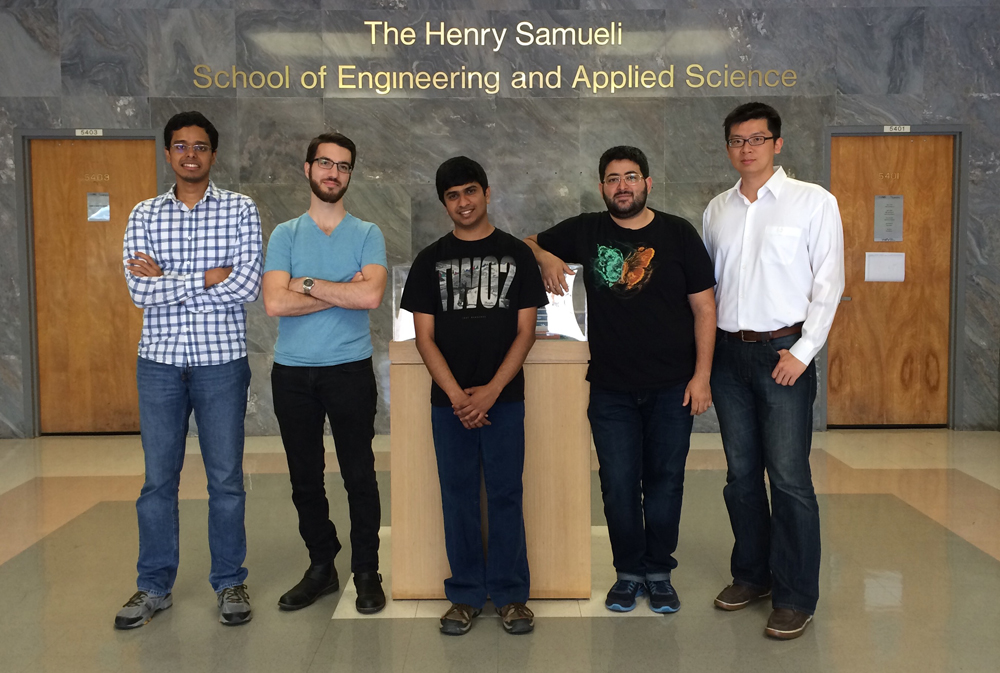
Winners of 2016-2017 Dissertation Year Fellowship
(From left to right: Hariprasad Chandrakumar, Mark Gottscho, Sameed Hameed, Sina Basir-Kazeruni, Chung-Kai Yu)
Seven doctoral students from the Electrical Engineering department have received the 2016-2017 Dissertation Year Fellowship. The program selects doctoral students who are advanced to candidacy at the time of nomination (March 30) and are within one year of completing and filing the dissertation. The recipients will receive a $20,000 stipend, as well as standard tuition and fees, supporting their fellowship year prior to teaching or research appointments.
This year’s winners are:
Sameed Hameed
Chung-Kai Yu
Luyao Xu
Hariprasad Chandrakumar
Mark Gottscho
Alan Farrell
Sina Basir-Kazeruni
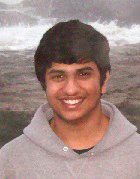 Sameed Hameed writes his dissertation on highly programmable wireless radio receivers. His research focuses on a technique called “Filtering by Aliasing”.
Sameed Hameed writes his dissertation on highly programmable wireless radio receivers. His research focuses on a technique called “Filtering by Aliasing”.
“Modern wireless handsets require multiple radio receivers to operate on all radio bands accessible to standards such as LTE and WiFi,” Hameed said. “A truly flexible radio receiver can significantly reduce the number of receivers needed. This enables new use cases such as intelligent radios that can detect and utilize vacant spectrum as and when they become available.”
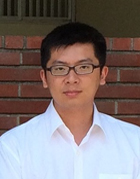 Chung-Kai Yu said he is motivated by the expanding interest in applications where online learning and decision making agents is a necessity. In his formulation of an adaptive network design, he noted two challenges. First, selfish agents in a network need enticement to collaborate with other agents. Second, agent interaction needs to be adaptive in response to variations in the environment and the nature of the signals under measurement.
Chung-Kai Yu said he is motivated by the expanding interest in applications where online learning and decision making agents is a necessity. In his formulation of an adaptive network design, he noted two challenges. First, selfish agents in a network need enticement to collaborate with other agents. Second, agent interaction needs to be adaptive in response to variations in the environment and the nature of the signals under measurement.
“The ultimate goal of my research is to develop a game-theoretic learning framework to drive cooperation over networks with possibly selfish components,” Yu said. “These types of networks arise in many contexts, including social networks, economic trading with geographical considerations, power management over smart grids, and resource allocation.”
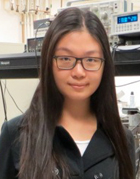 Luyao Xu ’s dissertation is on the design and construction of THz quantum-cascade vertical-external-cavity-surface-emitting-laser (QC-VECSEL). Xu said this is the first VECSEL demonstrated in the THz frequency, as well as the first laser built around an active metasurface.
Luyao Xu ’s dissertation is on the design and construction of THz quantum-cascade vertical-external-cavity-surface-emitting-laser (QC-VECSEL). Xu said this is the first VECSEL demonstrated in the THz frequency, as well as the first laser built around an active metasurface.
Xu’s new approach towards THz lasers will enhance the quality of beam patterns, raise the levels of power and enable versatile functionalities. All of which will “largely facilitate THz applications in many areas such as biomedical imaging, astronomy and astrophysics, non-destructive sensing”, according to Xu.
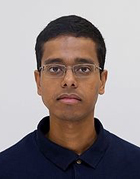 Hariprasad Chandrakumar looks into the problem of bulky rack-mounted neural signal recording systems, and aims to reduce its size and increase its precision. Chandrakumar said the aim of his research is to design and build an implantable recording system that has the same capabilities of existing bulky ones.
Hariprasad Chandrakumar looks into the problem of bulky rack-mounted neural signal recording systems, and aims to reduce its size and increase its precision. Chandrakumar said the aim of his research is to design and build an implantable recording system that has the same capabilities of existing bulky ones.
“But to be capable of implantation, there needs to be massive reductions in the size and power consumption as compared to rack-mounted systems while achieving the same dynamic range,” Chandrakumar said. “The power needs to be reduced by 3-4 orders of magnitude, and the entire system needs to be smaller than a single US penny. Additional constraints need to be satisfied to ensure patient safety. An implant would give neuroscientists access to long term neural recordings, which could prove extremely useful for finding cures for degenerative neurological conditions.”
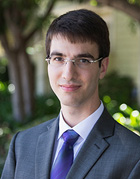 Mark Gottscho said he tackles the fundamental problem of imperfections, or variability, in the memory circuits within a semiconductor chip. Since individual memory storage cells are very small and packed in proximity, they become very susceptible to reliability issues like manufacturing defects. Gottscho addresses the issue with “Opportunistic Memory Systems in Presence of Hardware Variability.”
Mark Gottscho said he tackles the fundamental problem of imperfections, or variability, in the memory circuits within a semiconductor chip. Since individual memory storage cells are very small and packed in proximity, they become very susceptible to reliability issues like manufacturing defects. Gottscho addresses the issue with “Opportunistic Memory Systems in Presence of Hardware Variability.”
“By ‘opportunistic’ I mean that when parts of a memory chip work really well, we exploit that for improved energy efficiency,” Gottscho said. “Conversely, when a part of the chip is working worse than expected, we tolerate those problems as they arise to ensure reliable operation.”
In addition, Gottscho uses an unconventional “multi-layer” approach that allow solutions to exist across several sub-fields, crafting better solutions than getting at it from a single perspective.
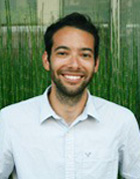 Alan Farrell’s dissertation explores the possibility of using semiconductor nanowires as high performance nanoelectronic and nanophotonic devices. Focusing on near-infrared single photon detectors employing an AIGaAs avalanche gain layer and InGaAs absorption layer, Farrell said it should yield significantly improved performance over commercial detectors that rely on InP avalanche gain layers restricted by lattice-matching constraints.
Alan Farrell’s dissertation explores the possibility of using semiconductor nanowires as high performance nanoelectronic and nanophotonic devices. Focusing on near-infrared single photon detectors employing an AIGaAs avalanche gain layer and InGaAs absorption layer, Farrell said it should yield significantly improved performance over commercial detectors that rely on InP avalanche gain layers restricted by lattice-matching constraints.
“Photon counting in the near-IR is essential for spectroscopy, light detection and ranging (LiDAR), and quantum key cryptography,” Farrell said. “Current solutions require cryogenic cooling to operate at peak performance, making these sensors bulky and expensive. By reducing the noise in the sensors, the operating temperature can be increased to near room-temperature, allowing significant cost reductions and improving portability.
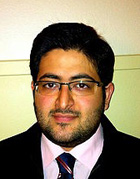 Sina Basir-Kazeruni conducts his research on Energy-efficient DSP Solutions Enabling Simultaneous Neural Recording and Stimulation. According to Basir-Kazeruni, the presence of stimulation artifacts observed at the sensing end is what makes concurrent stimulation and neural signal recording difficult. Existing solutions are incapable of continuous signal recording during the stimulation phase, thus rendering a critical portion of the data unusable.
Sina Basir-Kazeruni conducts his research on Energy-efficient DSP Solutions Enabling Simultaneous Neural Recording and Stimulation. According to Basir-Kazeruni, the presence of stimulation artifacts observed at the sensing end is what makes concurrent stimulation and neural signal recording difficult. Existing solutions are incapable of continuous signal recording during the stimulation phase, thus rendering a critical portion of the data unusable.
“To resolve this issue, we propose an energy-efficient hardware implementation of an Adaptive Stimulation Artifact Rejection (ASAR) algorithm capable of adaptively removing the artifact for varying stimulation characteristics at multiple sites,” Basir-Kazeruni said. “Additionally, a blind artifact template detection technique is introduced, which in combination with the proposed ASAR algorithm, eliminates the need for any prior knowledge of the temporal and structural characteristics of the stimulation pulse.”
